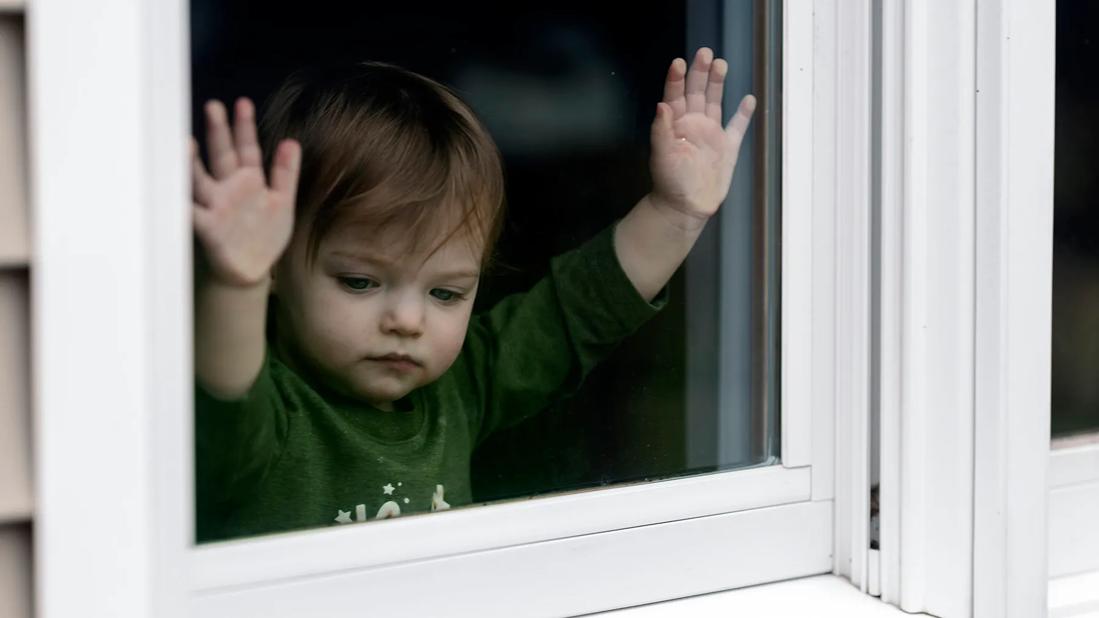Being in this together means remaining separated for now

Advertisement
Cleveland Clinic is a non-profit academic medical center. Advertising on our site helps support our mission. We do not endorse non-Cleveland Clinic products or services. Policy
As we settle into our new routines governed by social distancing, quarantines and stay-at-home orders, many of us are beginning to truly feel what is meant by the saying that “man is by nature a social animal.”
These are difficult, discomforting times. We are isolated. We are longing for visits with family and friends. We are postponing personal touchstones like weddings, graduations and children’s birthday parties. All in an effort to slow the spread of COVID-19.
Less human-to-human contact should mean fewer cases and fewer deaths in the long term. In the short term, however, it’s important to understand that the number of positive COVID-19 cases will increase. It’s equally important to understand that this is not due to a failure of social distancing and stay-at-home orders.
Our predictive models for COVID-19 indicate that the number of cases will continue to rise through mid-May, with Ohio seeing more than 10,000 new cases a day as we near the peak.
The time is nearing when the medical community, economists and government leaders need to begin discussing how to return American society to a sense of normalcy. But right now, we must continue to encourage social distancing in our communities. It’s necessary to gain some control over the coronavirus’ spread. Even as the number of newly confirmed cases rises, do not take it as a sign that your sacrifices are not having an impact. They are.
A 2007 study in the Proceedings of the National Academy of Sciences shows that social distancing played an important role during the 1918 influenza pandemic. Cities where social distancing practices were implemented early in the pandemic experienced peak death rates about 50% lower than those cities that implemented interventions later.
Advertisement
The goal in public health is to make COVID-19 easier to manage over a longer stretch of time. In addition to social distancing and isolation, it will take everyone in our communities practicing the right behaviors, such as:
By adopting these practices everywhere, we will limit exposure to the virus, leading to fewer cases and fewer deaths.
As a health system, Cleveland Clinic is doing all we can to promote social distancing within our facilities, by rescheduling routine office appointments as telehealth visits, limiting visitation, moving most of our administrative staff to work from home, and postponing nonessential surgeries and procedures.
While we’re all in this together, we will only get through it by remaining separated as much as possible.
Dr. Mihaljevic is CEO and President of Cleveland Clinic. This post originally appeared in his LinkedIn account.
Advertisement
Advertisement

Patients report improved sense of smell and taste

Clinicians who are accustomed to uncertainty can do well by patients

Unique skin changes can occur after infection or vaccine

Cleveland Clinic analysis suggests that obtaining care for the virus might reveal a previously undiagnosed condition

As the pandemic evolves, rheumatologists must continue to be mindful of most vulnerable patients

Early results suggest positive outcomes from COVID-19 PrEP treatment

Could the virus have caused the condition or triggered previously undiagnosed disease?

Five categories of cutaneous abnormalities are associated with COVID-19